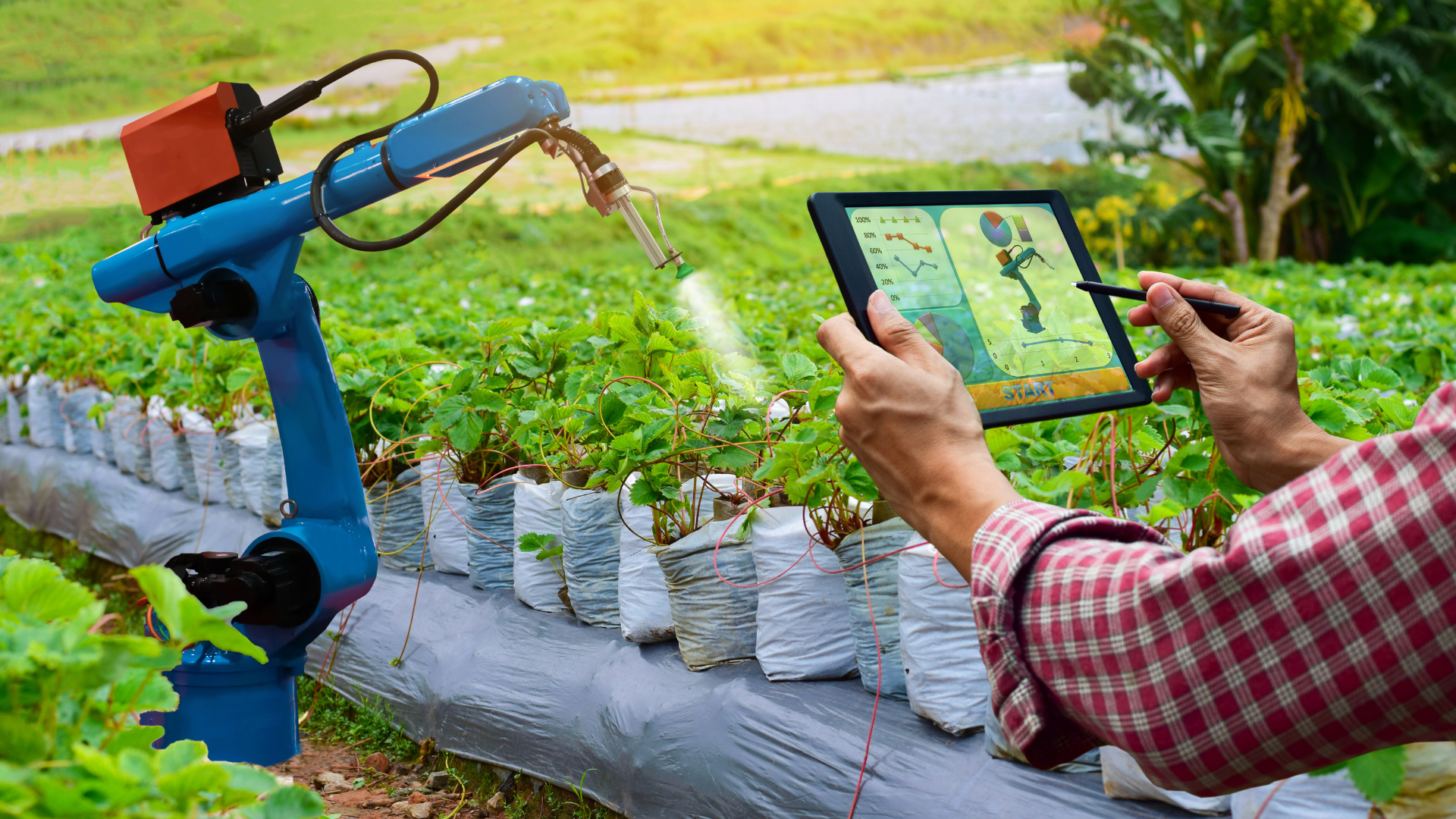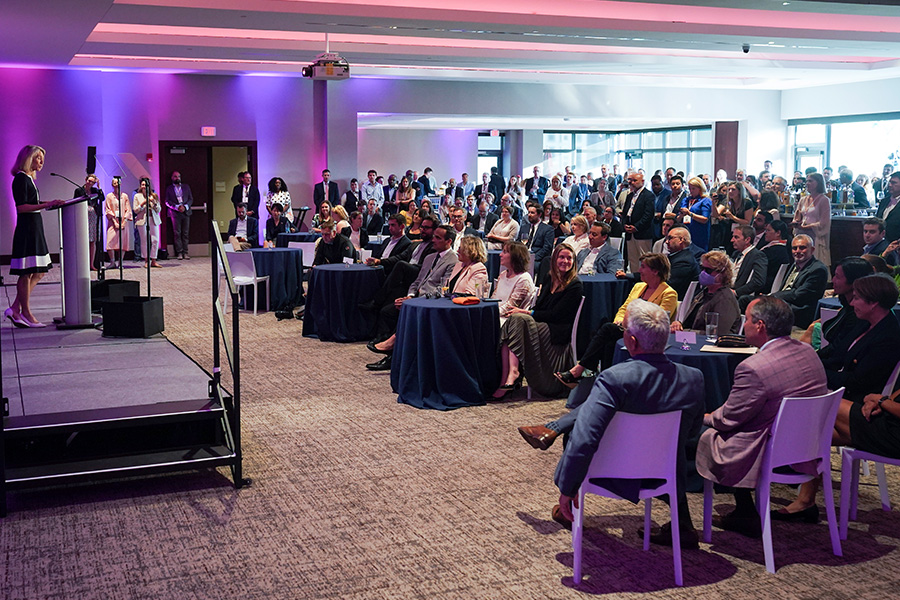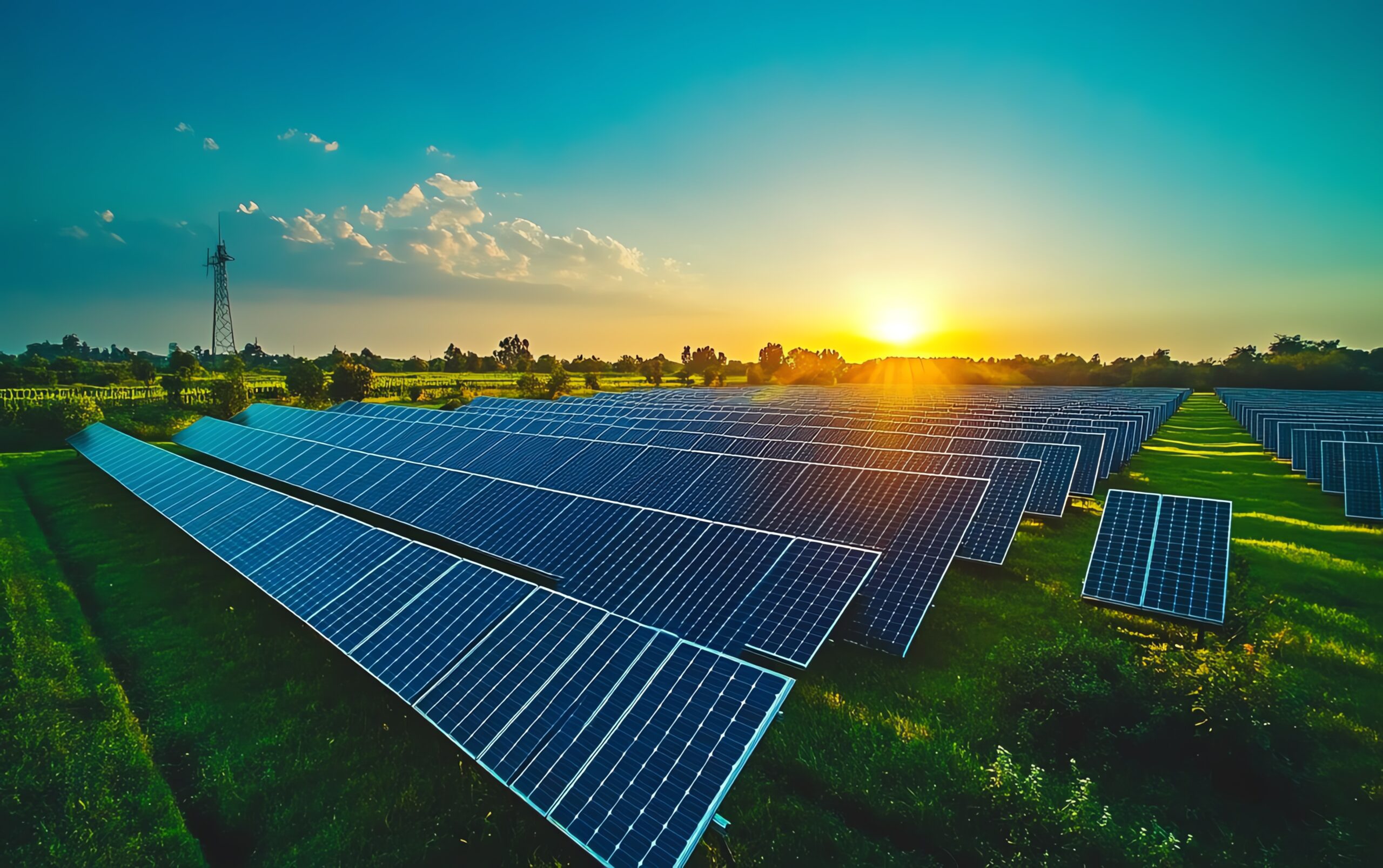Climate-smart agriculture is poised to rapidly revolutionize the food system around the world, becoming a valuable tool to address the long-term problems of climate change and food security. By integrating advanced technologies such as the Internet of Things (IoT), artificial intelligence (AI), and biotechnology, modern farming practices are achieving higher productivity while significantly reducing environmental impacts. Innovations such as vertical agriculture and regenerative agriculture not only increase yields but also transform the farm into a carbon sink, effectively reducing greenhouse gas emissions.
The Role of Technology in Climate-Smart Agriculture
The introduction of technology into agriculture has led to the emergence of smart farming, that is data-driven farming which promotes precision in agriculture‐related operations. IoT devices, such as sensors, are essential for the tracking of environmental conditions, soil health, and crop conditions. For example, soil moisture sensors can be used to help automate irrigation using real-time data, so water is used effectively only when needed. Not only does it conserve water, but it also reduces over-irrigation, which can cause nutrient run-off and soil erosion.
AI adds to such endeavors by analyzing a huge volume of data compiled from the devices on the Internet of Things and by providing predictive analytics and valuable information. Machine learning algorithms can also be used to forecast weather, predict pests, and suggest the best time for planting, which, in turn, would improve farming decision-making. For instance, AI-based systems can analyze soil quality data to choose optimal crop genotypes to be sowed, which translates into higher yields and the need to reduce chemical fertilizers.
Innovative Practices: Vertical and Regenerative Farming
Vertical farming is a revolutionary approach that involves growing crops in stacked layers, often in controlled indoor environments. This approach decreases land footprint and provides continuous production without dependence on external weather factors. Examples of vertical farms in Singapore include, for instance, achieving a 90% reduction in land footprint and a gain of 400% in throughput. These systems typically use hydroponics or aeroponics and are provided with sensors and automation devices to track plant conditions and regulate nutrient feed and lighting conditions.
Regenerative agriculture focuses on restoring soil health and enhancing biodiversity through practices like cover cropping, reduced tillage, and crop rotation. These techniques strengthen soil structure, water retention, and carbon accumulation, turning farms into efficient carbon absorbers. Brazil’s regenerative agriculture initiative has shown that it is possible to transform 100,000 ha into carbon sinks and suggests the potential viability of such interventions for climate change mitigation.
Startups and Technology Companies Leading the Charge
Many startups and technology companies are on the leading edge of climate-smart agriculture, creating visionary technologies that support sustainable agriculture.
- Oishii: A specialist in vertical farming, has patented technology, which allows for year-round production of high value produce, but without the use of pesticides. Their techniques have resulted in dramatic increases in yield and use of resources.
- Indigo Agriculture: This company provides microbial seed treatments which promote plant health against environmental disturbances. It has also started a carbon credit program that rewards farmers for using regenerative practices by restoring potential carbon stored in the soil.
- HeavyFinance: Operates as a climate technology investment platform and provides financing for regenerative agriculture technologies. They lend money to farmers who use sustainable practices, thus contributing to carbon sequestration and soil health enhancement.
- IBM: Using AI and the Internet of Things, IBM’s smart-farm projects deliver their data insights to farmers. Their technologies help with tracking crop condition, forecasting weather effects and managing resources to create more effective and environmentally friendly agricultural practices.
Investment Trends in Climate-Smart Agriculture
Investment in agtech startups has been subject to dramatic swings over the past few years. 2022 saw the top three climate tech startups in the agrifood sector collectively score $3B in venture capital, demonstrating a clear trend in the popularity of solutions for sustainable agriculture.
However, by 2024, investment in agtech startups experienced a 25% decline, with several companies facing financial challenges. Although this is a downturn, analysts are still very hopeful for a rebound, emphasizing the importance of technology to solve climate change and food security challenges. Challenges facing providing food to a burgeoning global population despite a changing climate are undoubtedly going to intensify in the coming years.
Global Examples of Climate-Smart Agriculture Adoption
Globally, different efforts are shown to illustrate the successful application of technology and sustainable practices in agriculture:
- United States: Regenerative practices have rolled out across 15 million acres (about twice the area of Massachusetts), with states such as Iowa setting the pace in smart farming use. Farmers are using AI-based applications with IoT devices to track soil health, control irrigation, and increase crop yield, and hence both the economic and environmental sustainability benefits.
- Australia: The nation has emerged as an experimental ground for new agricultural technologies, backstop funding for much-needed ag-tech. Startups are producing solutions, including carbon-eating fungal spores and automated pollinators, to increase sustainability and productivity in agriculture.
- Africa: Reimagining agriculture can be achieved through the revolutionized farm management software that is integrating soil sensors and artificial intelligence (AI) in agronomy. These technologies are used to help farmers maximize resource use and make crops more resilient to climate change.
Challenges and the Path Forward
Although the potential of development in climate-smart agriculture is encouraging, the existing challenges related to high implementation costs, technical availability for smallholder farmers, and demand for policy support continue. To do this, action is needed by the government, private sector stakeholders, and the agricultural community. Investing in research and development, capacity building, and infrastructure are critical to spreading these innovations internationally.
CCA is a change in basic assumptions in agricultural production, which uses agricultural practices together with environmental sustainability.
Lead the Future of Farming
Climate-smart agriculture is transforming food systems with AI, IoT, and sustainable practices. Join the conversation at ClimaTech!







